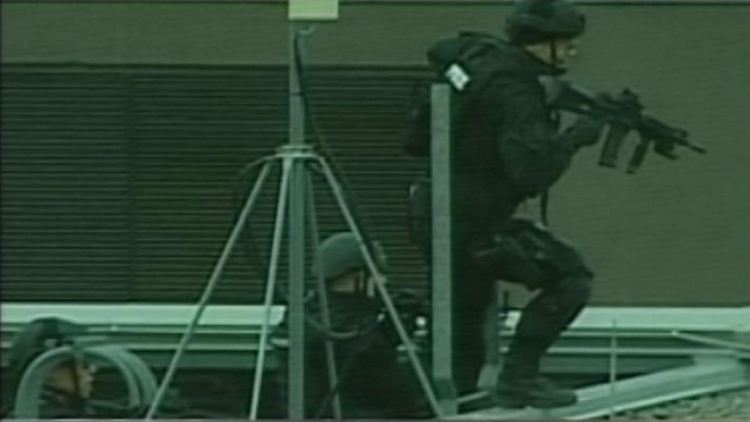
LATEST STORIES:


Today’s tragedy has put security at and around Parliament Hill into question. We asked if the current level is enough and if there was anything that could have prevented it?
At the largest security expo in the country earlier today, we spoke with several experts who supply security to both private and public partners, for instance government buildings like the parliament building. We asked not only how today’s tragedy could have been prevented, but what can be implemented now so that it never happens again.
Despite the deadly shooting this morning in Ottawa, the Ontario President of the Canadian Security Association says that the nation’s capital is still very safe.
Richard McMullen is the President for the Ontario Chapter of CANASA: “Ottawa is probably one of the safest cities in the country and probably what we have in North America. There’s a lot of electronic security both video surveillance and access control and other elements that help detect and deter these types of activities.”
The screening process includes metal detectors but security guards at entrances don’t have access to weapons.
Jason Caisse, Vice-President of Operations for Profile: “Most of the security in Parliament Hill, in fact most of the security in Canada, are unarmed.”
But even if security guards were carrying fire arms, experts say, no matter how much security is in place, an attack like today’s is tough to stop once it happens
Jason Caisse: “We’ve seen all throughout the world, the United States, in Kenya at the mall attack. It’s difficult to stop determined attackers like this.”
So the next best thing is to prepare for the worst – and the changes are coming.
Jason Caisse: “This level of threat has been identified by private security and Canadian Intelligence Services for well over a decade. Post 911, Canada has been waiting for their event of this magnitude that will force us to take further action and prevention.”
Prevention using technologies that we’ve only seen on television but are not used in everyday life — like facial recognition.
Mike Reynolds, Marketing Project Manager, Panasonic Canada: “If we have a known list of individuals the RCMP is looking for or can be aware of. You import the pictures of those individuals and you would be immediately alarmed as to when they’ve shown up.”
And after Corporal Nathan Cirillo was gunned down as he stood guard alongside the war memorial, changes could also be on the horizon for our soldiers.
Jason Caisse: “It’ll be about training military personnel to be a little bit more aware of their environment. They have that type of training to be in a hostile environment, but they don’t have that preparations for being in that environment in Canada.”